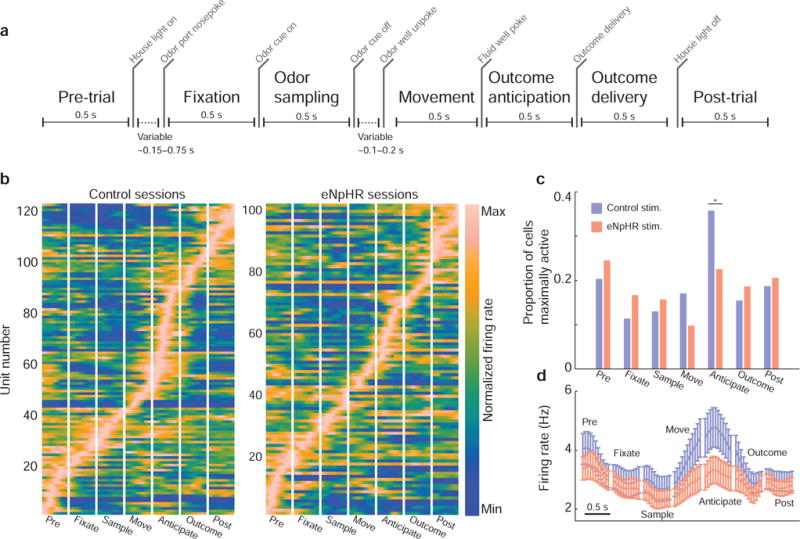Figure 3. OFC firing rate dynamics were altered by ventral subiculum inactivation.

a) Trials were divided into seven 0.5 s epochs bounded by important task events. b) Average, peak-normalized firing rates were computed for cells within task epochs. Each row represents the firing rate of a single unit (brighter colors = stronger activation), with time on the x-axis (each panel = 0.5 s; bin size was 45 ms). c) In control sessions, most OFC neurons reached their maximal firing rate during the outcome anticipation epoch—after rats indicated their decision, but before outcomes were delivered. With subiculum inactivated, significantly fewer OFC neurons reached their peak firing rate during reward anticipation. d) Raw, un-normalized population firing rates showed a similar pattern—in eNpHR sessions the OFC population firing rate was lower than in control sessions. This difference began during the movement epoch (as animals left the odor port and moved towards one of the fluid wells), and was sustained through the reward anticipation period. Bin size was 45 ms; error bars indicated the SEM. See also Figure S1.
